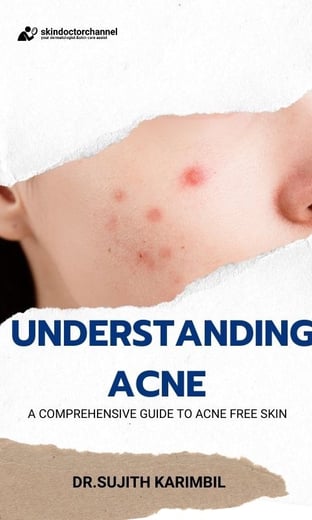Understanding Herpes Simplex Virus: Transmission, Prevention, and Symptoms
12/1/20232 min read


Herpes Simplex Virus (HSV) is a common viral infection that affects millions of people worldwide. It is important to understand how this virus spreads, how to prevent infection, and recognize the symptoms to seek timely medical attention. This article aims to provide an overview of the transmission, prevention, and symptoms of HSV.
Transmission of Herpes Simplex Virus
HSV is primarily transmitted through direct contact with an infected person's skin, mucous membranes, or bodily fluids. It can be spread through various activities, including:
Sexual contact: HSV-1 is typically associated with oral herpes, while HSV-2 is commonly linked to genital herpes. However, both types can infect the mouth, genitals, or other areas.
Kissing: HSV-1 can be transmitted through kissing, especially when an active outbreak is present.
Sharing personal items: Sharing items such as towels, razors, or utensils with an infected person can increase the risk of transmission.
Preventing Herpes Simplex Virus Infection
While there is no cure for HSV, several preventive measures can help reduce the risk of infection:
Practice safe sex: Using condoms or dental dams during sexual activity can provide some protection against HSV transmission.
Avoid contact during outbreaks: Refraining from intimate contact when visible symptoms, such as sores or blisters, are present can minimize the risk of transmission.
Good hygiene practices: Regularly washing hands and avoiding sharing personal items can help prevent the spread of HSV.
Inform sexual partners: Openly communicating with sexual partners about your HSV status can help them make informed decisions and take necessary precautions.
Recognizing Symptoms of Herpes Simplex Virus
HSV infections may manifest differently in different individuals. Some common symptoms include:
Oral herpes (HSV-1): Cold sores or fever blisters around the mouth or on the lips are the most common symptoms.
Genital herpes (HSV-2): Small, painful blisters or sores in the genital area, buttocks, or thighs are typical symptoms. These may be accompanied by flu-like symptoms, such as fever and swollen lymph nodes.
Asymptomatic infection: Some individuals may carry the virus without experiencing any visible symptoms, but they can still transmit the virus to others.
Understanding how HSV spreads and taking preventive measures is crucial in reducing the risk of infection. Practicing safe sex, maintaining good hygiene, and being aware of the symptoms can help individuals protect themselves and their partners. If you suspect you have been infected with HSV or experience any symptoms, it is advisable to consult a healthcare professional for proper diagnosis and guidance.


